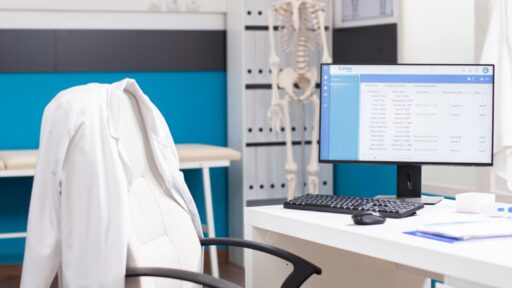Discover The Best CRM Setup for a Clinic : Modules, Contacts, and Patient Workflow
Introduction
A clinic has to handle large volumes of data and interactions every day. From scheduling to billing, each task must be efficient. A well-configured CRM centralizes workflows, improves internal coordination, and streamlines the patient journey. Choosing the right modules, contact types, and automation rules is key to success.
Multiple Needs That Must Be Clearly Modeled
Clinical operations involve many flows: admissions, treatments, billing, follow-ups. A good CRM handles:
Patient intake and communication
Internal task coordination
Medical history tracking
Administrative processes
Post-visit reminders
Mapping these processes in the CRM saves time and minimizes errors.
Contact Types to Create in the CRM
Each clinic works with several types of contacts. The CRM should organize them for easier management:
Patients: Each has an individual file
Family members or caregivers: For emergencies or shared decisions
Doctors and caregivers: Internal or external staff
Insurers and partners: For coverage and reimbursements
Medical suppliers: For logistics and equipment
Clear contact segmentation enables accurate and timely communication.
Useful Modules to Activate
To build an effective CRM setup, clinics should enable key modules:
Appointment scheduling: Linked to practitioner calendars
Medical records and documents: Centralized in the patient profile
Automated reminders: Before and after appointments
Administrative tracking: Including billing and payment status
Dashboards: For real-time clinical activity insights
These tools help automate repetitive tasks and improve overall accuracy.
Key Custom Fields to Include
Custom fields should reflect each clinic’s services. Useful examples include:
Type of care or medical specialty
Appointment history
Important dates: consultations, surgeries, follow-ups
Administrative status: covered, pending, to be followed up
Custom fields support efficient filtering, reporting, and reminders.
Example of a Patient Workflow in the CRM
An effective CRM mirrors the patient’s typical path. A simple, effective workflow includes:
Patient registers via online form
First appointment is scheduled by phone or email
Documents are uploaded and attached to the profile
Automatic reminder sent 24 hours before the visit
Treatment details are recorded in the CRM
Follow-up email sent one month later
This cycle ensures patient continuity and reduces administrative overhead.
Use Case: Ophthalmology Clinic
An eye clinic uses a CRM to manage consultations, surgeries, and follow-ups. Each patient has a complete file. All reminders are automated, and administrative time has dropped by 40%. Staff can now focus more on patient care.
Conclusion
An optimized CRM setup transforms clinical operations. It enhances coordination, automates communication, and improves patient experiences. With the right system, clinics operate more smoothly and provide higher quality care.












